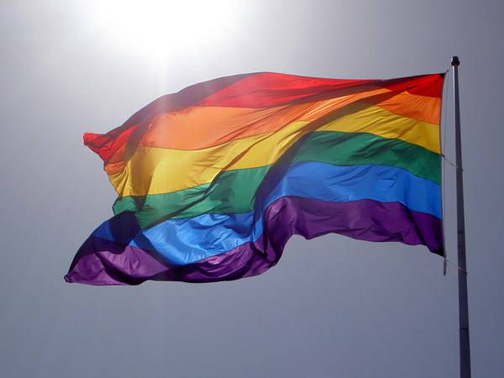As states like Uganda pass restrictive measures against gays and lesbians, and countries all over the world continue to harass people that dare to be openly transgendered or gay, it is worth asking whether the 1951 Refugee Convention accommodates LGBQT asylum claims. My opinion? It should, easily, but the practices of receiving states vary, and often reflect their ambivalence with their own LGBQT populations.
"Particular Social Group"
The most vague group protected under 1951 Convention’s refugee definition is “member of a particular social group.” In recent years it has been invoked as a basis of asylum by a range of people both successfully and unsuccessfully, including but not limited to, victims of Female Genital Mutilation (See: Mohammed v. Gonzales, 400 F.3d 785 (9th Cir. 2005)), ex-gang members (see: INS v. Elias-Zacarias, 502 U.S. 478 (1992)), the disabled , and a range of LGBT individuals. But what exactly does this phrase mean?
The Refugee Convention Handbook states, “a ‘particular social group’ normally comprises persons of similar background, habits or social status. A claim to fear of persecution under this heading may frequently overlap with a claim to fear of persecution on other grounds, i.e. race, religion or nationality (77)." As this definition indicates, the “social group” category is rather broad. The travaux preparatoires is scarcely more helpful. “In the first place, experience had shown that certain refugees had been persecuted because they belonged to particular social groups. The draft Convention made no provision for such cases, and one designed to cover them should accordingly be included (14)” With so little elaboration, it is difficult to determine what exactly was contemplated at the time of the group’s inclusion within the 1951 Convention.
However, it's at least possible, if not probable, that persecution for reason of sexual orientation could have been in the mind of the authors of the convention. The other categories tend to roughly correspond to the groups of people that were persecuted under German and Italian fascism, and which had caused large numbers of refugees during the post-World War II period. It could scarcely have escaped the attention of the drafters that alongside Jews, Gypsies, Anarchists and anti-fascist Resistance members, gays and lesbians were also targeted heavily by the Nazis.
Additionally, UNHCR has clarified its position on several occasions, most notably in a 2004 Advisory Opinion to the Tokyo Bar Association. In the Opinion, UNHCR explains that sexual orientation can be a cognizable “social group” under the 1951 Convention. “…In UNHCR’s view, homosexuals can be within the ambit of a social group category, either as a group sharing a common characteristic or because they are perceived as a cognizable group in the society (8)". In addition, the Opinion notes that while not all LGBT individuals are automatically entitled to refugee protection, that persecution can be proved in a variety of ways, including by reference to laws criminalizing homosexuality(4).
So, it would seem that "membership in a particular social group" is in fact a good fit for many LBQT asylum claims. Stay tuned for part two, when I'll review some relevant case law on the subject.


No comments:
Post a Comment